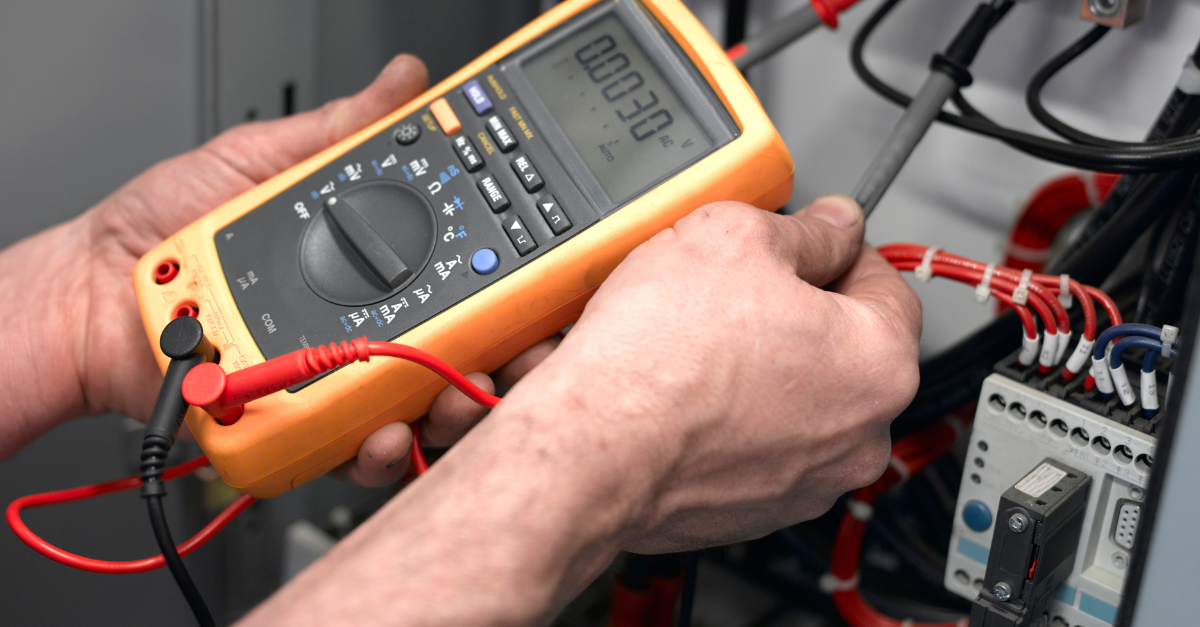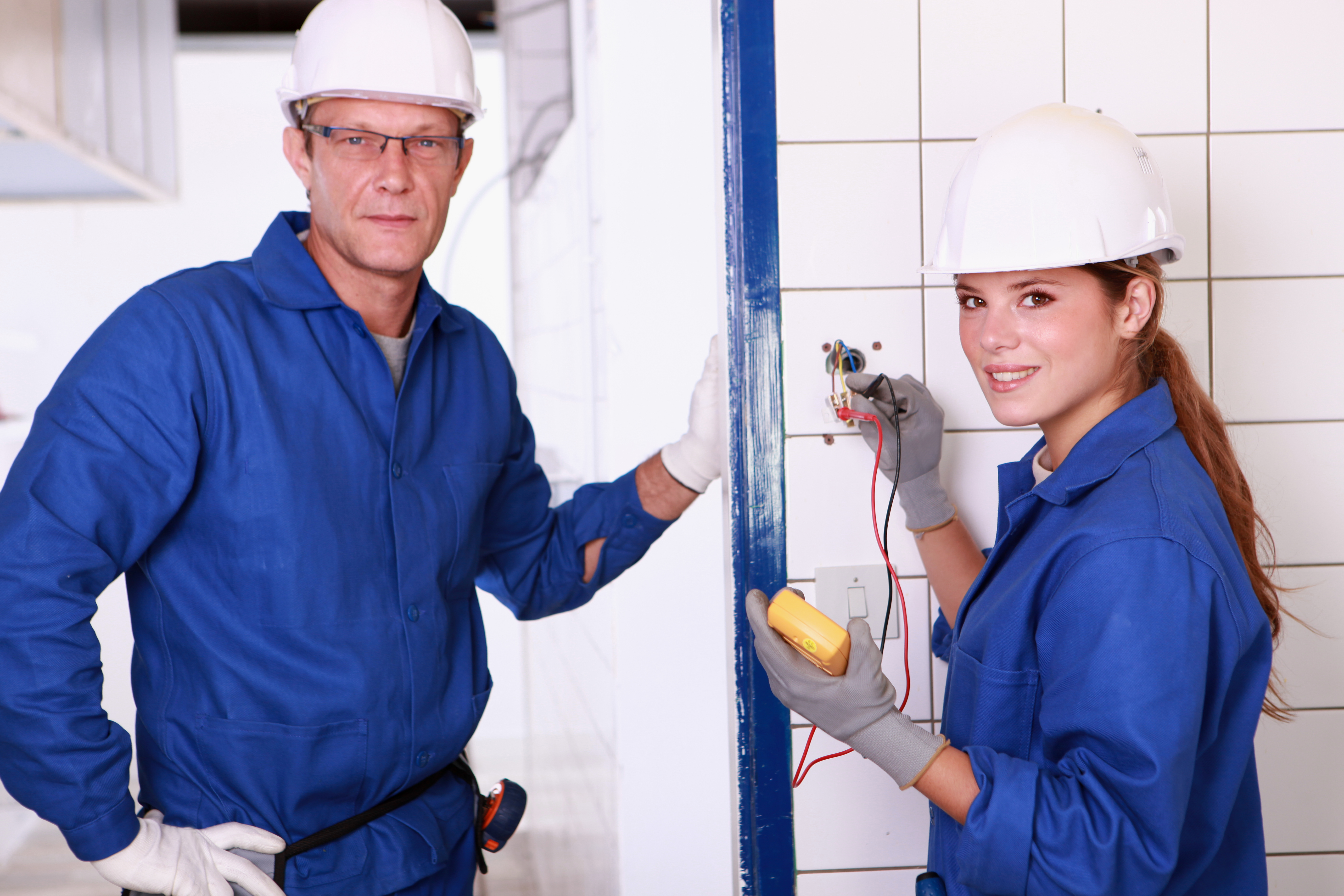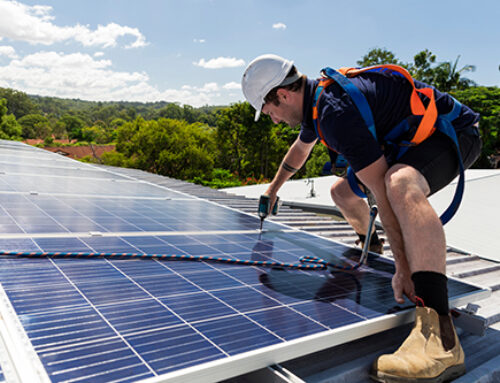Electrical safety is paramount in any installation, be it residential, commercial, or industrial. Among the plethora of tests conducted to ensure this safety, polarity testing stands out for its critical role in preventing potentially fatal accidents. This article delves into the importance of polarity testing, outlining its necessity, some of the procedures involved, and the equipment required.

The importance of polarity testing
At the heart of electrical safety, polarity testing ensures that all live and earth conductors in an electrical installation have been connected to the correct terminals and not mistakenly reversed. Live conductors are defined as Active and Neutral conductors. This process is crucial, as incorrect polarity can lead to dire consequences, including the risk of electrocution, fire, and damage to electrical appliances. Such dangers underscore the need for thorough and accurate polarity testing, which must be conducted by a licensed electrical tradesperson or an apprentice under direct supervision.
Polarity testing is usually focused on two areas of the installation: Service Polarity i.e. that of service lines and consumer mains, being those that bring supply into an installation, and Circuit Polarity being sub mains or final sub circuits, those that come after the main switch and MEN point. This article focuses on Service Polarity, though its principles can apply to both. Service polarity is a crucial first step and needs to be confirmed before anything further in the installation is tested, because if this is not correct, and tests are conducted downstream, their results will be invalid and may be incorrect. This test requires careful verification to ensure the MEN and Earthing system the electrical installations do not become live.
Required tools for polarity testing
Polarity testing hinges on the use of specific, high-quality tools. These include:
- Correct personal protective equipment (PPE): Essential for the safety of the individual conducting the test. E.g. Insulated Gloves, Eye protection, Insulated mat
- A high-quality Multimeter (CAT IV): For accurate measurement of electrical voltage and resistance.
- Insulated Service Fuse Puller: For when the supply or service fuse is mounted to a pole or fascia.
- An independent earth electrode and trailing lead: These components are crucial for verifying the correct connection to an independent zero (0V) ground reference.
- Loop impedance tester: A loop impedance meter is used for performing a neutral integrity test.
- A non-contact voltage tester: Allows for safe testing of extraneous metal components without direct contact, any voltage indication must be verified with a multimeter. (Cannot be only instrument used to confirm de-energization.)
Polarity testing procedures
Polarity testing can be categorized into 2 styles of testing, based on whether the electrical supply is available at the site or not.
When the supply is not available
In cases where the electrical supply is not yet connected or is temporarily unavailable, the process involves visual inspections and continuity testing.
- Visual inspection: Ensuring that mains active and neutral wires are correctly connected in mains boxes and pillars, alongside proper connections to metering isolation links, main neutral bars, and main earth bars. You should be trying to verify that colour coding is correct. Aerial XLPE cable that is all black, will normally identify their conductors through ribbing, a single, double, or triple line longitudinally along the cable will represent the phase connected. A conductor that is fully ribbed around its circumference would normally be the neutral conductor.
- Continuity testing: With all conductors disconnected and using your trailing lead you can now test the continuity between each end of your conductors to confirm your visual identification of its colour or markings.
Whilst visual inspection is safe and confirms the correct identification and connection of your conductors, it will not verify the correct connections have been made on the electricity network itself.
When the supply is available
When the electrical supply is available, additional precautions are necessary. Occupants should be informed about the testing to avoid contact with potentially live surfaces and if possible asked to leave the premises while the tests are conducted. A documented risk assessment must also be completed prior to any energized testing. The testing procedure includes:
- Isolation of electrical supply: Turning off the main switch or circuit breakers and isolating all submains and final sub circuit breakers. Disconnecting the main neutral from the neutral bar, any metering neutral connections and neutral service bond if fitted and disconnecting the MEN. The supply fuse can now be inserted.
- Testing with an independent earth electrode: This involves measuring voltage between incoming actives, incoming neutral, and the independent earth ensuring correct voltage levels.
(a) Test between main neutral and line terminal of the main switch = 230V
(b) Test between an independent earth and the main neutral = 0V
(c) Test between independent earth and customer’s earth = 0V
(d) Test between independent earth and line terminal of the main switch = 230v
- Final testing and Reconnection: After verifying the correct connection of all live conductors and earth, a neutral integrity test should be performed using a loop impedance meter and results should be ≤1Ω. The installations should now be de-energized, the main neutral and MEN reconnected and covers reinstated before energizing again. Finally, if the overhead service has a neutral bond, both the neutral bond tail and the service attachment point should be verified with your non-contact voltage tester as having no indication and then it may be reattached. Main switches can now be turned back on.
Documentation and follow-up
Results from all tests at the installation should be recorded. Any anomalies or non-standard results warrant immediate action, with the installation remaining de-energized until the issues are resolved. This diligent approach ensures that proof of your complaint work will be available should any issues arise in the future.
The safety of people and property relies on your stringent compliance with the wiring rules and other applicable standards. Thorough procedures for every type of polarity testing, along with all other mandatory tests, can be found in AS/NZS 3017 – Verification by inspection and testing.
Polarity testing is a critical component of electrical safety, preventing accidents, protecting people, and ensuring the safety of electrical installations. Its importance cannot be overstated, making it imperative for electricians to adhere strictly to established procedures and guidelines. Through conscientious testing, we can safeguard our homes, workplaces, and communities from electrical hazards.
Remember, someone’s first shock could be their last.
Need help with polarity testing?
Master Electricians Australia offers direct access to our expert team of qualified and experienced technical advisors. Whenever you need support, our team is ready to assist you during business hours from 8am to 5pm, Monday to Friday. Call 1300 889 198.





